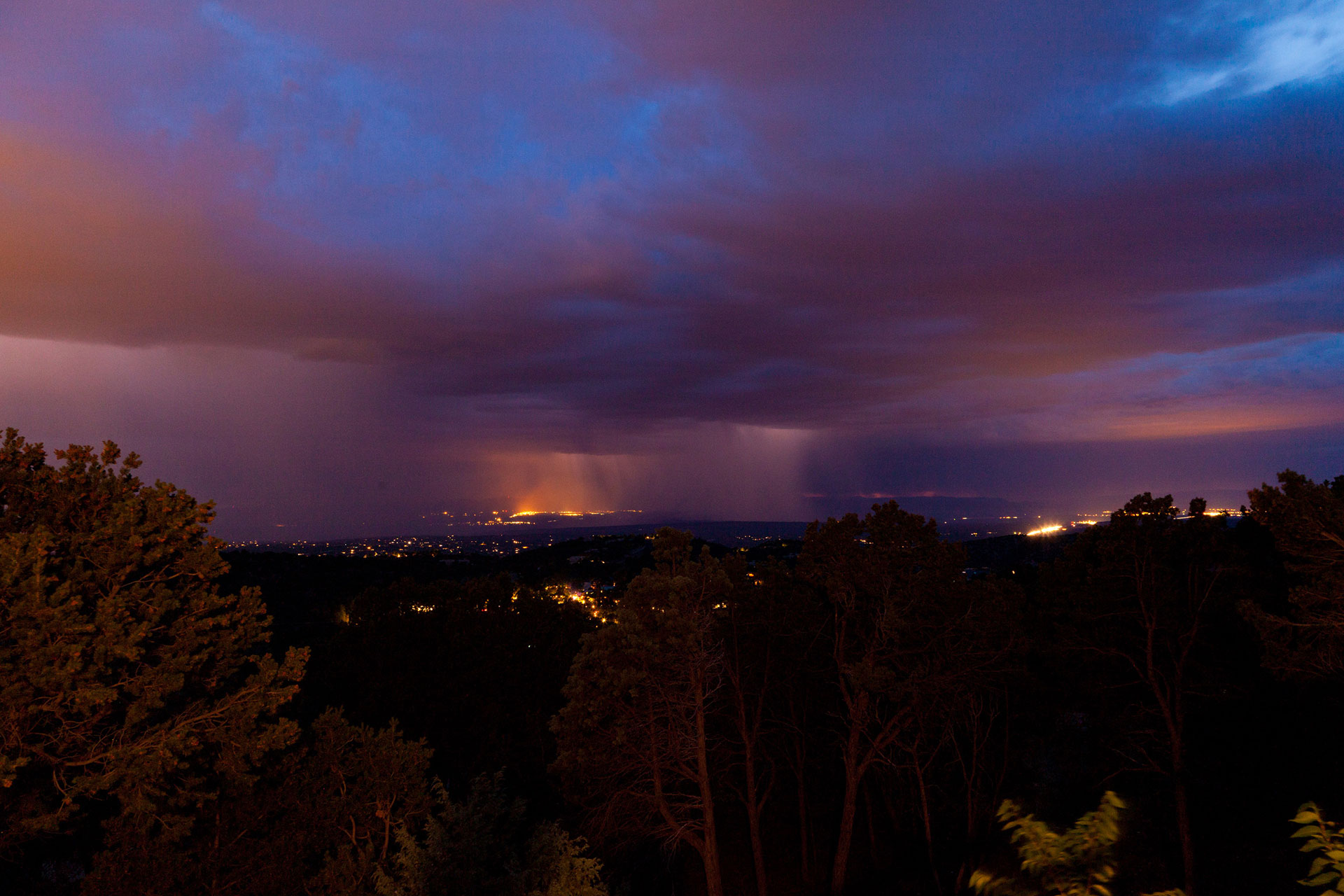




The Emergence of Coexistent Communities:
CISS (Coexistence in Suggestive Simulations)
Merle Lefkoff and Erika Camacho, Center for Nonlinear Studies, Los Alamos National Laboratory
Norman L. Johnson, Theoretical Division, Los Alamos National Laboratory
Modification of an abstract for The Second Lake Arrowhead Conference on Human Complex Systems, 19-22 March 2003.
We ask the question: Do the institutions and processes of democracy provide sufficient conditions to enable the emergence and persistence of coexistence among diverse human groups? A powerful and persuasive social analysis has resulted from the pioneering work of R. J. Rummel, who documents that well-established democratic societies do not go to war against one another and have less internal violence. Explanations for “the democratic peace” generally fall into propositions about the adaptive nature of democratic governance structures and the enabling nature of democratic culture. Democratic structures manifest two collective rules: freedom of choice (including choice of leaders) and the rule of law. Democratic culture manifests rules that impact on the individual level: tolerance of diversity and willingness to accommodate competing demands through the exchange of resources. While we believe the reasoning and conclusions are correct, we do not believe sufficient understanding exists of the emergent relationship between individual behavior and global expression, nor of the dynamics of interactions within and between different governance structures. The perspective also applies to dynamics of small groups and organizations.
We have developed a “bottoms-up” model of the creation of different organizational and governmental structures (“bottoms-up” because the structure creates or self-organize itself rather than being predetermined). We assert that identity formation in the individual and its associated dynamics are the clarifying perspective for understanding the problem of coexistence. We define identity as the abstraction of the similarities within one’s peer group – abstraction, because identity can detach from the origins of the identity and can lead groups to beliefs and actions that can be in conflict with their origins. Some of the main predictions of the model are 1) the formation of identity is an emergent property of a group that becomes captured in the individual, 2) identity forms from the similarity of solutions of individuals to a common environment or problem, 3) once identity forms the common problem is no longer needed to sustain the identity, 4) interactions between different identity groups or interactions between an identity group with a non-aligned group or individual are the most likely to exhibit violence, 5) the degree of violence between groups or between individuals within an identity group is inversely proportional to the diversity within the identity groups, and 5) the conflict between identity groups or within an identity group can be lessened by appealing to secondary identities of the constituents.
The model is realized within a suggestive agent-modeling simulation that allows us to compare different political communities as examined by Rummel: an “autocratic” community (a group of low diversity), a totalitarian community (a leader determines all choices) and a “democratic” community (high diversity and self-determining). The agent system is based on a model of individual behavior that captures dynamic excursions from habitual behavior: the cognitive, social and authoritative decision making (based on an extension of the work by Janssen and Jager), corresponding to a rational agent, a social agent and a deferential agent. This individual-based agent model is argued to capture the three different forms of governance depending on the collective state of the individuals in a dynamic, path-dependent process.